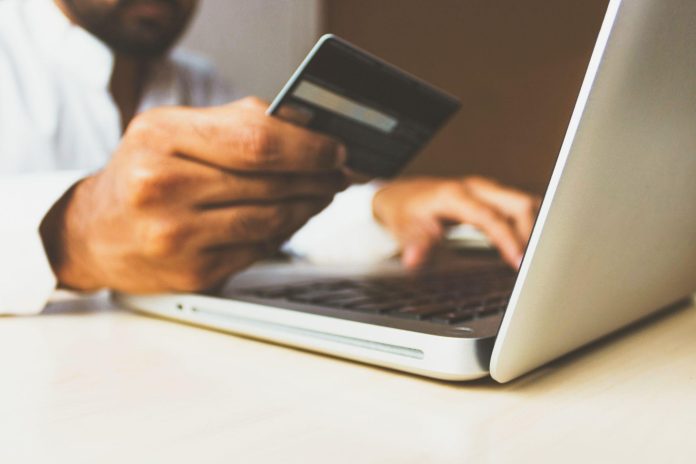Because of the digital revolution, transactions are becoming increasingly cashless. These payments are fostering innovation and the development of digital economies, and they are now essential to a company’s survival plan.
People are increasingly making purchases online, a tendency that has only grown since Covid-19 was discovered. One of the most significant effects of this has been that more and more individuals are learning about and embracing the simplicity of mobile payments.
Seven major trends that will affect the future of online payments are revealed in PwC’s illuminating insights. These trends are influenced by a number of factors, including customer preferences, technological advancements, governmental regulations, and mergers and acquisitions (M&A). Strategic leaders must be aware of each trend in order to make informed decisions about their future.
Digital currencies
In various countries, Central Bank Digital Currencies (CBDCs) are digital currencies that reflect the virtual form of their currencies. These are expected to have the largest disruptive effects within the next 20 years, together with private-sector crypto assets.
Financial organizations like Mastercard, BNY Mellon, and Visa, are getting ready to make it easier to use CBDCs just like google pay casino. Additionally, a recent poll by the Bank for International Settlements indicates that 14% of central banks are proactively conducting pilot testing and 60% of central banks are evaluating CBDCs.
Bank accounts as an asset
Banks have utilized customer accounts to market their products and foster customer loyalty. The current account is becoming a commodity as tech firms like Google enter the banking industry and provide current accounts.
Offering options to pay and hold money with accounts is more about enhancing consumer benefits than it is about payments. Platforms are becoming more individualized, offering a wider variety of products, and improving the user experience.
Frictionless payments
For electronic commerce and retail enterprises to remain competitive in the contemporary digital environment, eliminating customer friction is essential.
Frictionless payments employ information from websites, gadgets, and applications to make buying and selling easy for cardholders and you. They aid retailers in lowering cart abandonment, enhancing consumer satisfaction, and raising sales.
The checkout procedure needs to fulfil some or all of the following conditions to be deemed a seamless payment: Faster checkouts, fewer steps required to complete checkouts, reduced or no waiting time, a sense that this is just how customers should be treated, etc.
These frictionless payment methods are frequently used: contactless card payments, digital wallet payments, subscriptions, QR code payments, invisible payments, one-click payments, in-app payments, and device-initiated payments.
Contactless payments
The fast, secure, and reliable contactless payment technique is here to stay. especially as more individuals use their smartphones to transfer money and as contactless transaction limitation increases.
Due to social isolation strategies used during the covid outbreak, contactless payments increased. People are becoming aware of the convenience of mobile payments, though, as customer perception continues to shift. Fewer people will use credit cards, and more people will utilize digital wallets.
Customers can now retain a decent distance from one another thanks to mobile self-checkout which has made it unnecessary to wait in line. Retailers are gradually shifting the point of sale (POS) switch from a fixed specific location to a mobile platform.
Software-based point-of-sale systems are becoming more and more popular, and not just with big-box businesses.
Cross-border Payments
Global payments have seen a boom in non-bank payment services due to the old correspondent banking approach being viewed as both complicated and expensive.
In order to offer quick, affordable payment options, new players and services are competing on a large scale against bank and card-based services. Consider the Nordic region’s P27 program, which unites 27 million people from four different nations and currencies in a single “domestic” quick payment system.
Real-time Payments
Real-time payment innovations keep coming. Real-time payments will become commonplace in international marketplaces over the following ten years. The gap between domestic and international settlement systems will close, benefiting merchants by making payments instantly accessible.
The Universal Financial Access Initiative aims to give adults who previously had no entry to the official financial sector access to transaction accounts where they can receive, keep or send money.
Mobile devices and the availability of inexpensive, practical payment methods will remain the initiative’s driving forces, especially in developing nations. Smartphone use will probably hit 80% worldwide by 2025. This is a result of a faster penetration in developing nations like Indonesia, Mexico, and Pakistan.
Biometrics
Our lives are made easier by the digital technology that customers can access nowadays. To unlock our gadgets or make purchases of products and services, we can use either fingerprint or face recognition.
Biometric information and facial analytics have become more widespread. Building a scalable framework that makes it simple to pay with someone’s face online or in person is the next step.
Conclusion
The previous two decades have seen significant changes in the world. When you stop to think about it, technology has advanced remarkably. One of the most widely used technologies and applications is cashless transactions. You should know, we’re not suggesting that cash will become obsolete. But in the coming few years, we predict that cashless transactions will become the standard.



 Bitcoin
Bitcoin  Ethereum
Ethereum  Tether
Tether  XRP
XRP  USDC
USDC  Solana
Solana  Cardano
Cardano  TRON
TRON  Lido Staked Ether
Lido Staked Ether  Toncoin
Toncoin  Avalanche
Avalanche